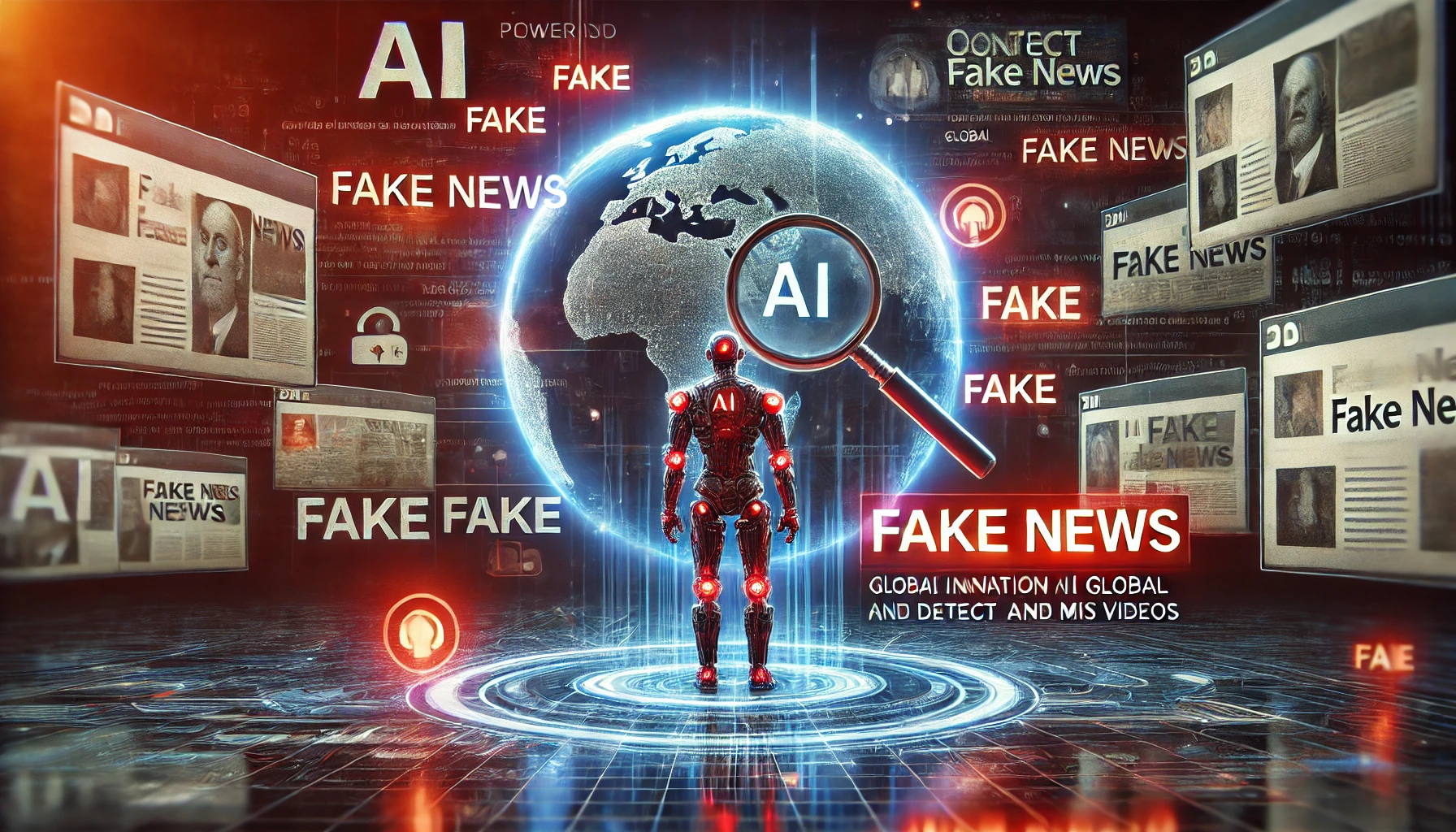How AI Is Transforming the Fight Against Fake News. The spread of fake news has become a pressing issue in the digital age, distorting public perception and undermining trust in information sources. As the battle against misinformation intensifies, artificial intelligence has emerged as a powerful ally. AI technologies are now being deployed to detect fake news, verify facts, and promote credible sources. This article examines how AI is reshaping the fight against fake news while addressing the challenges and ethical concerns that come with it.
The Rise of Fake News
Fake news refers to false or misleading information presented as factual, often with the intent to deceive or manipulate. The proliferation of social media has made it easier for such content to spread rapidly, amplifying its impact. From political propaganda to health misinformation, fake news poses significant risks to society, influencing elections, endangering public health, and fueling societal divisions.
How AI Detects Fake News
AI leverages advanced algorithms and machine learning models to combat fake news. Here are some key ways AI is addressing this challenge:
1. Analyzing Content Authenticity
AI systems can analyze the language, tone, and structure of articles to identify patterns commonly associated with fake news. For example, sensational headlines, lack of credible sources, and overly emotional language can be flagged for further review.
2. Image and Video Verification
Deep learning models are used to detect manipulated images and videos, including deepfakes. By comparing visual elements to existing databases and identifying anomalies, AI can determine whether multimedia content has been altered.
3. Fact-Checking at Scale
AI-powered fact-checking tools cross-reference claims with verified data from trusted sources. This process significantly speeds up the fact-checking workflow, allowing journalists and researchers to focus on more nuanced investigations.
AI-Powered Tools Combating Misinformation
A variety of AI tools have been developed to combat fake news, including:
- Google Fact Check Explorer: A platform that consolidates fact-checking efforts from multiple sources.
- ClaimBuster: An AI tool designed to assess the veracity of statements made by public figures.
- Fake News Challenge: A collaborative initiative using AI to develop effective misinformation detection models.
Challenges in Relying on AI
While AI has shown great promise, it is not without limitations:
1. Bias in Algorithms
AI models can inadvertently reflect biases present in their training data, leading to inaccurate or skewed results. This is especially concerning when distinguishing between satire, opinion pieces, and deliberate misinformation.
2. Difficulty in Contextual Understanding
AI struggles to grasp the nuanced context of certain claims, which can result in false positives or negatives. Human oversight remains essential to address this gap.
3. Ethical Concerns
Automated detection systems raise questions about censorship and freedom of speech. Striking a balance between combating fake news and respecting individual rights is a complex challenge.
The Role of Collaboration
Effectively combating fake news requires collaboration between AI developers, media organizations, and policymakers. Key strategies include:
- Promoting Media Literacy: Educating the public on identifying credible sources and recognizing fake news.
- Improving AI Transparency: Ensuring AI systems are transparent and accountable in their decision-making processes.
- Enforcing Regulations: Governments can play a role in regulating platforms that spread misinformation without stifling free expression.
Conclusion – AI Is Transforming the Fight Against Fake News
Artificial intelligence has become a crucial weapon in the fight against fake news, offering innovative solutions to one of the most pressing challenges of our digital age. By leveraging advanced algorithms, machine learning, and deep learning technologies, AI is not only capable of identifying false information but also promoting credible sources and enhancing public trust in media. These tools have the potential to revolutionize how we consume and evaluate information, ensuring a more informed society.
However, the journey is not without obstacles. The risks of algorithmic bias, limited contextual understanding, and potential ethical concerns require careful consideration. For AI to be a truly effective and fair solution, it must operate transparently and in collaboration with human oversight. This means that developers, media organizations, and policymakers must work together to refine these technologies, establish clear ethical guidelines, and foster accountability in their deployment.
For more insights into how AI impacts ethical decision-making, explore The Ethics of Artificial Intelligence and Its Balance.





Leave a Reply